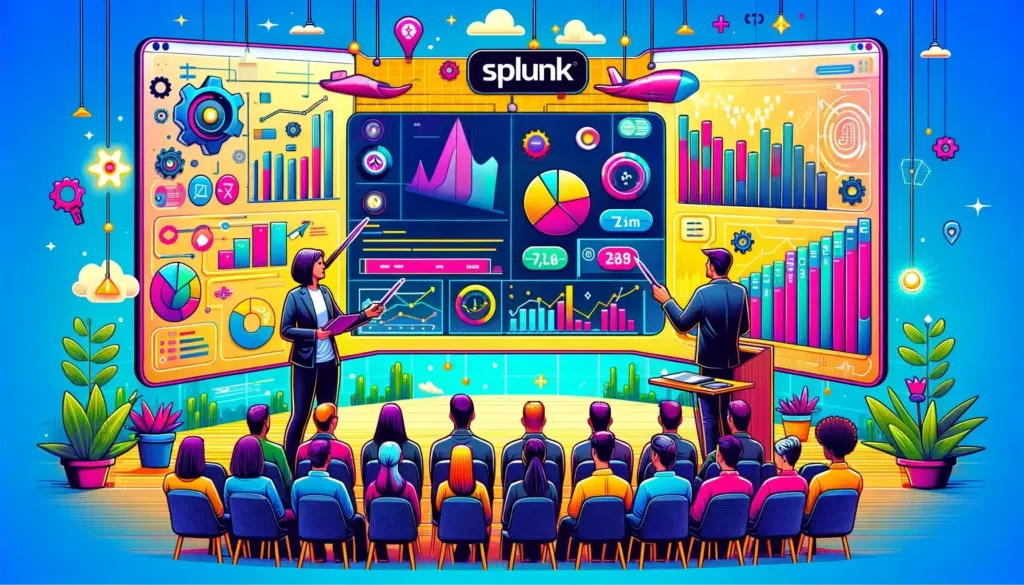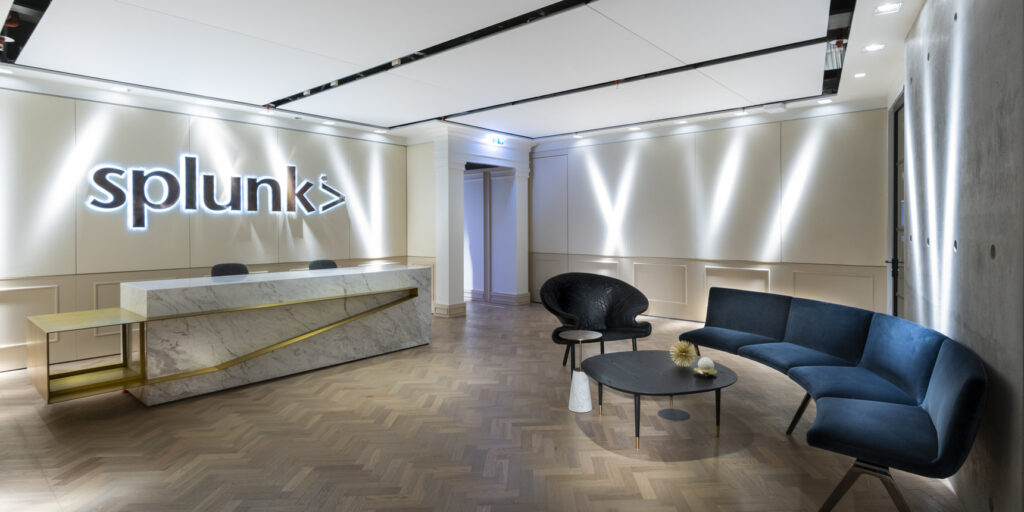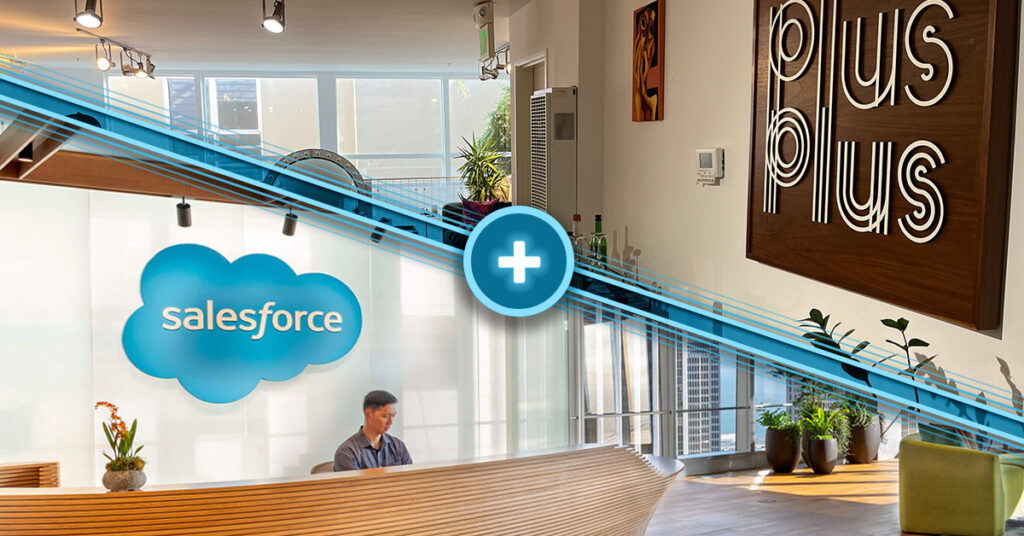Introduction
Functional onboarding is an essential cornerstone of employee integration and retention. It’s more than just a routine process; it’s the art and science of embedding a new hire into the fabric of an organization, ensuring they understand not just their role, but the broader company culture and objectives. This guide dives into the nuances of crafting an effective functional onboarding process that resonates with individual needs and aligns with organizational goals.
The start of the onboarding journey
It all starts with onboarding. This is true in the literal sense, of course; a new hire’s first week on the job consists of learning the ins and outs of the company they’ve just joined. In a larger sense, though, onboarding is evidence of a company’s maturity and sophistication. This initial phase sets the tone for their entire tenure. It’s crucial to make this experience as welcoming and informative as possible. This means going beyond administrative tasks to include an in-depth introduction to the company’s mission, values, and culture. It’s about creating a sense of belonging from day one.
Example: Alex’s journey begins with an orientation session where he’s introduced to the company’s technology stack and development culture. His first day involves setting up his development environment and meeting with his development team, establishing a strong foundation for his role.
Personalizing the onboarding experience
Companies often only offer basic, remote HR onboarding, meaning that a new hire is given little more than a laptop and an explanation of their benefits before being set loose for their first, shaky few weeks on the job. This is a missed opportunity. Every new hire brings a unique set of skills and experiences. Personalizing the onboarding experience to these unique traits can greatly enhance their integration and productivity. This personalization can take many forms, from customized learning paths to one-on-one mentoring sessions. It’s about acknowledging and valuing the individuality of each employee and showing them that their unique contributions are vital to the company’s success.
Example: Given Alex’s background in backend development, his onboarding is tailored with advanced sessions on the company’s server architecture and database management, aligning with his skills and role requirements.
Clear communication is key
“One size fits all” solutions are all too common, and in addition to being underwhelming, they’re often opaque, leaving employees to guess on what comes next and how and when they’ll find the answers they’re looking for. As a result, shared knowledge is replaced with top down processes which bear little relation to how people actually go about performing their day to day responsibilities. Effective communication is the bedrock of successful onboarding. It involves clearly outlining the steps of the onboarding process and what new hires can expect in their initial days and weeks. This transparency eliminates confusion and builds trust. Regular updates and open lines of communication ensure that new employees feel supported and valued, smoothing their transition into the company.
Example: Alex receives a detailed onboarding schedule, including milestones for his first coding assignments and review meetings. Regular updates from his team lead help him understand his role’s expectations and progress.
The role of regular check-ins
Regular check-ins are vital in building a rapport between the new employee and the organization. These sessions should not only focus on progress and feedback but also on any challenges the new hire might be facing. This ongoing dialogue is key to understanding their needs and addressing any issues promptly, ensuring a smoother onboarding process.
Example: Alex has weekly check-ins with his manager to discuss his integration into the team, address technical challenges, and receive feedback on his coding contributions, ensuring a smooth transition into his new role.
Onboarding never stops
Contrary to popular belief, onboarding is not a one-time event. It’s an ongoing process that evolves with the employee’s journey within the company. Each of these scenarios requires a considerate and strategic process of facilitation and communication, which is to say that onboarding never really stops. And yet few, if any, of these are accompanied by onboarding strategies. Most companies think of onboarding as something that applies strictly to new employees, but what about the senior employees mentoring new hires? They need a system, that is never actually put in place, to free up time to train someone for sometime 6-9 months when it’s a technical role. This means continually updating them on new technologies, changes in company policy, or shifts in strategic direction. It’s about creating a culture of continuous learning and adaptation for all employees, not just new hires.
Example: Several weeks into his role, Alex continues to receive training on new programming languages and tools adopted by the company, highlighting the ongoing nature of onboarding in a technical role.
Creating authoritative learning resources
Providing comprehensive, easily accessible learning materials is crucial for efficient onboarding. These resources should cover everything from company policies to role-specific training. The goal is to minimize the dependency on colleagues for basic information, allowing new hires to learn at their own pace and reducing the pressure on existing team members.
Example: Alex is provided with access to an internal knowledge base containing documentation on coding standards, best practices, and past project insights, allowing him to learn at his own pace.
Implementing office hours for support
Dedicated office hours for support can significantly aid the onboarding process. These are set times when new hires can seek help, ask questions, or discuss ideas. Without office hours, new hires often feel isolated and stuck because they are afraid to “bother” their new senior colleague who they know is bogged down with work. A structured approach to office hours ensures they remain unblocked and productive, while also fostering a culture of open communication and support with their superiors.
Example: Alex utilizes the office hours to discuss specific coding challenges and architectural decisions with senior developers, enhancing his technical understanding and integration into the team.
Practical application: learning on the job
The lack of a thoughtfully designed and broadly disseminated curriculum for instilling organizational knowledge worsens departmental siloing, as every team is left to invent their own disconnected, sometimes contradictory ways of teaching new hires how to work at the company. Integrating theoretical knowledge with practical experience is essential for effective onboarding. Assigning meaningful tasks to new hires not only enhances their learning but also provides them with a sense of achievement and belonging. These tasks should be carefully chosen to balance challenge with achievability, ensuring a positive learning experience.
Example: One of Alex’s first tasks is to contribute to a module in the company’s main product. This hands-on task allows him to apply his coding skills in a real-world scenario, contributing meaningfully to the project.
The need for human contact in onboarding
Human connection plays a pivotal role in the onboarding process of new hires. Providing a dedicated buddy or mentor is not just about practical guidance; it’s about fostering a sense of belonging and community within the company. This approach is essential, particularly when considering the challenges faced by individuals in new roles. Transitioning to a different work environment often means dealing with unfamiliar coding languages, technologies, and workflows. Without this support, the new hire might struggle to embrace the company culture fully, and doubts about their decision to join, as well as the company’s potential for success, can surface.
This struggle is more common than one might think. In fact, a 2017 Gallup survey revealed that a mere 12% of employees strongly agree their organization excels in onboarding. This dissatisfaction isn’t trivial; it can lead to significant consequences. Employees who feel unsupported and isolated are more likely to seek opportunities elsewhere. And when they do, the company faces not just the financial burden of replacing them—which can amount to 6 to 9 months of the departing employee’s salary—but also the opportunity cost of delayed projects and product launches. This is why a thoughtful, human-centric onboarding process, complete with mentorship and guidance, is more than a nice-to-have—it’s a must-have.
Example: Alex is paired with a mentor, an experienced software engineer, who helps him navigate the technical aspects of his role and introduces him to the company’s engineering culture.
Blending asynchronous and direct learning
A blend of asynchronous (self-guided) and direct (interactive) learning methods is ideal for a comprehensive onboarding experience. While independent learning allows new hires to learn at their own pace, direct interaction with colleagues and mentors provides them with the practical insights and real-world context they need.
The ideal onboarding experience offers a grounding in three areas:
1: How things work at the company (i.e., what technology is used)
2: How employees work at the company (i.e., the shared processes and workflows)
3: Why employees work at the company (i.e., the shared beliefs and goals which comprise the company culture)
Example: Alex engages in a mix of self-paced online courses on the company’s technologies and participates in code reviews and team meetings.
Should we refer to our Blended Learning page?
Mixing learning modalities
An effective onboarding process combines various learning modalities to cater to different learning styles. This could include a mix of hands-on training, interactive workshops, online courses, and mentorship programs. To put it bluntly: human beings matter, and new hires need to be welcomed by their colleagues in a way that reassures them that they’ll be capable of contributing and making an impact.
Example: Alex’s training includes interactive coding workshops, peer programming sessions, and online tech talks, catering to his varied learning preferences as a software engineer.
Social events in onboarding
Incorporating social activities into the onboarding process is also a must-have. Whether it’s a virtual coffee break or an in-person team-building activity, these events help new hires build relationships and feel part of the team. They also provide a more relaxed setting for informal learning and knowledge sharing.
Sharing the company way
Communicating how your company works and how to work at your company shouldn’t be left up to chance. Make it simple for veteran employees to share what they know. One of the key objectives of onboarding is to impart ‘The Company Way’ – the unique ways in which things are done within the organization. This involves not just sharing technical knowledge but also the softer aspects like company values, communication styles, and decision-making processes. Veteran employees play a critical role in this transfer of knowledge, acting as the torchbearers of the company’s culture and practices.
Example: Through discussions with senior engineers and participation in team stand-ups, Alex learns about the company’s approach to software development and project management.
Defining onboarding metrics
It’s important to track indicators that show your onboarding is working (e.g., tool or resource adoption). Netflix has done an exceptional job of creating a track that methodically and seamlessly takes its employees from their first days understanding the most basic aspects of company operations through higher level processes, including career advancement and mentorship opportunities. Not unlike the best health care systems, Netflix early on recognized that an ounce of prevention is worth a pound of cure. Their success at creating an environment in which the onboarding continues long after an employee’s first weeks is a significant proof point to the industry, demonstrating that it’s possible to proactively design systems which prevent churn and encourage longevity. Over time, the best teams lean into getting survey feedback on how to improve processes for next time.
Example: Alex’s progress is tracked through metrics like code quality, project contributions, and peer feedback, helping the tech team refine the onboarding process for future engineers.
Shared understanding and performance
It’s important for new employees to understand the entire life of a feature or process at the company they’ve just joined. Studying topics such as the end-to-end data flow of a single search at Google or a tweet at Twitter can illuminate how teams fit into the broader scheme of things. A good onboarding experience clearly diagrams this journey, giving the new hire the tools and language they will need to communicate with other teams. Furthermore, it provides the foundation needed for employees to contribute across the organization. Of course, the only way for an organization to confidently achieve this goal is to regularly survey its workforce regarding the tools that work and those that don’t, making adjustments and alterations along the way.
Example: As he becomes more integrated, Alex understands how his role as a software engineer fits into the larger organizational framework, enabling him to contribute effectively and collaborate efficiently.
Optimizing for long-term impact
In recognition of all this, the most successful companies make the most of their opportunities to fully onboard new hires before turning them over to their managers.
Just as there is no second chance to make a positive first impression, so is there no better opportunity to educate people in the ways of the company than before they are inundated by day-to-day responsibilities. It may seem counterintuitive to keep people back, to prevent them from hitting the ground running. The truth, however, is that fully digesting a complete operating manual is in both their and the company’s best interests.
This sort of patience is by no means a foreign concept to tech leaders, many of whom already practice this sort of discipline. What are Agile, Cloud, or CI/CD if not the thoughtful technologies characteristic of a mature company looking to harvest long term benefits?
There are usually two main reasons why new hires are not given more time to onboard deliberately:
1: Some managers are overly eager in getting people to contribute. They optimize for the now over the long term impact of their people.
2: People (both managers and the new hires) often believe that people learn best by doing. While that can be true in many circumstances, people learn slower when they don’t know what they don’t know.
Conclusion
Functional onboarding transcends mere formalities; it is an investment in the professional and personal development of new hires, a testament to an organization’s commitment to nurturing talent and fostering a culture of continuous growth and inclusion. By adopting a structured yet personalized approach, companies pave the way for a more engaged, productive, and harmonious workplace.
Emphasizing human connections, continuous learning, and open communication, functional onboarding acts as the keystone in building a resilient and adaptable workforce. It underscores the importance of valuing each employee’s unique journey while aligning individual ambitions with organizational objectives.
Ultimately, the strength of an onboarding process is measured not by the speed with which new hires are assimilated, but by the depth of understanding and engagement they attain. A well-crafted functional onboarding process is a reflection of a company’s ethos, signaling to every new hire that they are a vital part of the team, equipped and empowered to contribute to the company’s success from day one.
By continually refining the onboarding experience based on feedback and evolving best practices, organizations can ensure they remain competitive and attractive to top talent. The journey of onboarding never truly ends; it evolves, fostering a culture where learning, mentorship, and innovation are interwoven into the very fabric of the company’s DNA.
In conclusion, functional onboarding is not just a phase but a foundational element of a thriving corporate culture. It is an enduring commitment to employee success and satisfaction, ensuring that every new hire feels welcomed, valued, and prepared to embark on a fruitful and fulfilling career journey.








